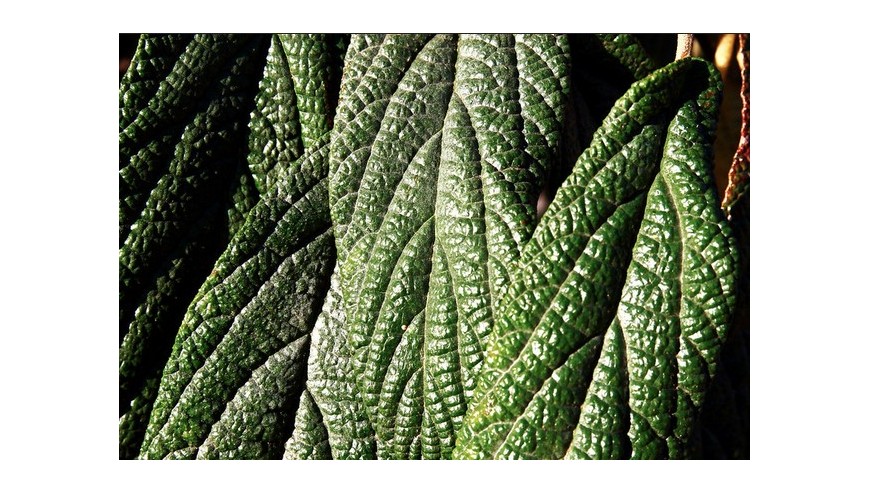benefits of loquat leaves

Loquat leaves to lower bad cholesterol
Loquat leaves: properties and benefits
The loquat comes from southern China and has been known for millennia. Nowadays, it is not difficult to find it in subtropical latitudes all over the world after the Japanese spread its cultivation.
The Japanese loquat is a fruit tree of the rosaceae family, so it is necessary to take precautions when consuming its stones. You can read our post about the properties of loquat seeds.
Loquat leaves are perennial and are grouped in panicles
Within the eriobotrya japonica, the most important varieties in Spain are Tanaka and Algerie. Both are resistant to cold but they do not need cold spells like the pistachio tree to develop their fruits; moreover, if the temperature drops below 0 degrees, they will probably not bear fruit.
This Asian plant has a wide habit of up to 10 metres, but in our area they are pruned to form a hedge to facilitate their delicate harvesting.
You can reproduce them by seed, but to adapt them to our habitat it is preferable to use a quince rootstock.
Medlars arrived in the municipality of Sexta more than a century ago and the inhabitants of Almuñécar fell in love with them for their sweet flavour.
Where to buy loquat leaves?
You can order your loquat leaves through our website to enjoy them at home. The indicated price is 150 grams of fresh leaves, we encourage you to try our fruit: if you buy a box of fruit we will give you 100 grams of loquat leaves, please contact us through whatsapp to benefit from this offer.
What are the benefits of loquat leaf tea?
The latest studies indicate that the infusion of loquat leaves prevents the dreaded kidney stones and sand in the kidneys. They are also high in fibre, which will benefit your digestive system.
Another of the beneficiaries of the action of this drink is the liver, as it seems to stimulate its correct functioning and the purification of this organ.
Ruchey Nisperos
In Mexico they are used as a home remedy to combat bronchial congestion due to their mucolytic properties.
These loquat leaves are abundant in vitamin C, as well as iron, phosphorus and potassium. They also have antioxidant and anti-inflammatory properties.
They can also be used as a draining agent as they stimulate the kidneys and combat fluid retention.
medlars in season
The infusion of loquat leaves is also interesting for people with diabetes, as it has enzymes that stimulate the pancreas to produce insulin. It is not a panacea, but it seems to help.
How to dry loquat leaves for tea
To dry loquat leaves for tea:
- Gather fresh, clean loquat leaves.
- Spread the leaves out in a single layer on a clean, dry surface such as a sheet pan or a mesh screen.
- Place the leaves in a warm, dry place with good air circulation, such as an oven with the light on or a sunny windowsill.
- Leave the leaves to dry for 1-2 days or until they are crisp and brittle.
- Store the dried leaves in an airtight container in a cool, dry place.
Note: The drying time may vary depending on the humidity and temperature of your environment.
Last but not least, loquat leaf infusion is indicated to control cholesterol levels.
